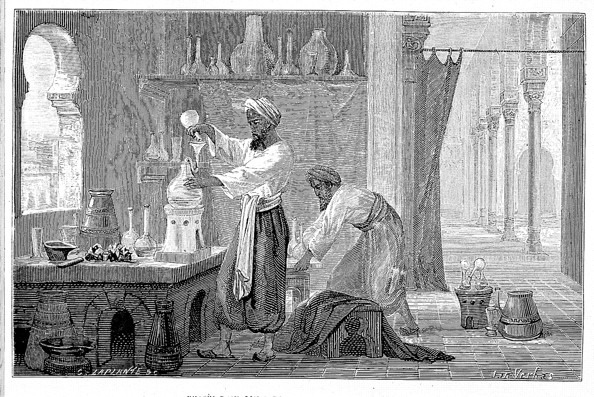
Arabs and Anesthesia
The Arabic physicians gave a detailed description of the pharmacology of important narcotics such as opium, hyoscyamus and hashish [1]. This is why Burton (1886) stated that “anesthetics have been used in surgery throughout the East for centuries before Ether and Chloroform became the fashion in the civilized West.” In a Treatise on the Canon of Medicine by Avicenna (Ibn-Sina) under the article 8l4 Anesthetics, a number of anesthetics are suggested:
“If it is desirable to get a person unconscious quickly, without him being harmed, add sweet smelling moss to the wine, or lignum aloes. If it is desirable to procure a deeply unconscious state, so as to enable the pain to be borne which is involved in painful applications to a member, place darnel-water into the wine, or administer fumitory, opium, hyoscyamus (half dram doses of each); nutmeg, crude aloes-wood (4 grains of each).
Add this to the wine, and take as much as is necessary for the purpose. Or boil black hyoscyamus in water, with mandragore bark, until it becomes red. Add this to the wine.” The soporific sponge was first introduced by the Arabs. It was commonly used for anesthesia in the Middle Ages. It was soaked with aromatics and narcotics to be sucked and then held under nostril leading to anesthesia prior to surgery. More than 1,000 years ago Avicenna wrote about the effect of pain on ventilation: “Pain dissipates the bodily strength and interferes with the normal functions of the organs. The respiratory organs are inhibited from drawing in air, and consequently the act of breathing is interfered with, and the respiration becomes intermittent, rapid, or altogether unnatural in rhythm.”
References:
1 Khairallah, A.: ‘Arabic contributions to anatomy and surgery’, Ann. Med. Hist, 1942, 3, (4), pp. 409-415






